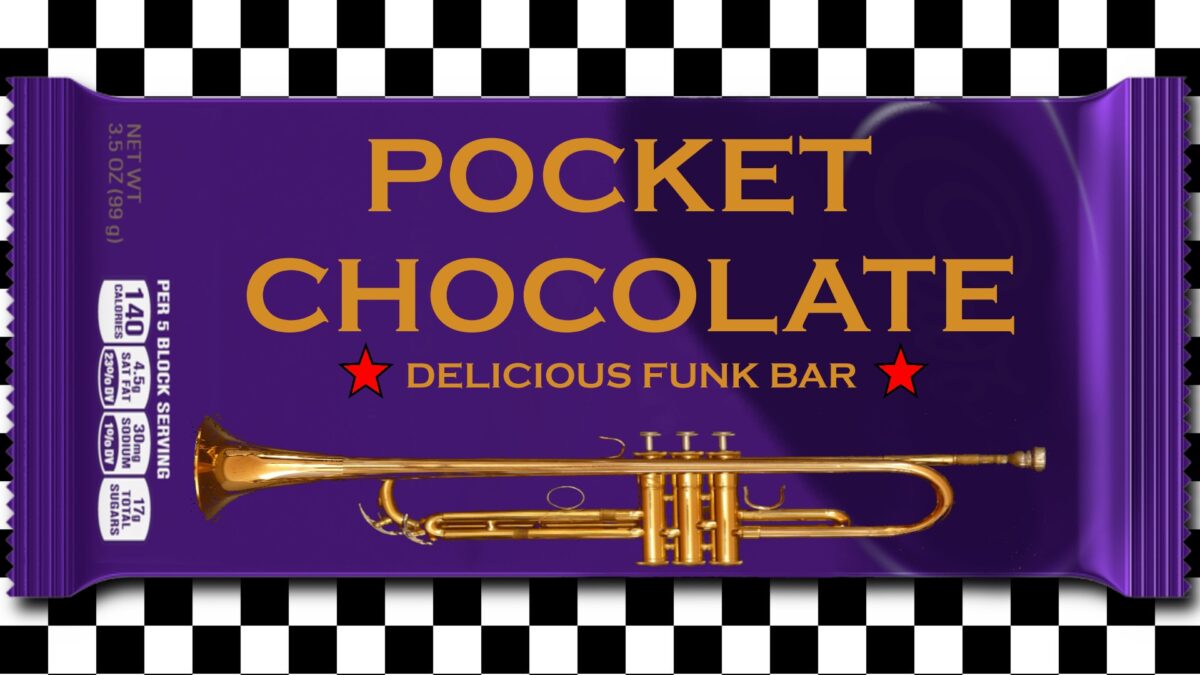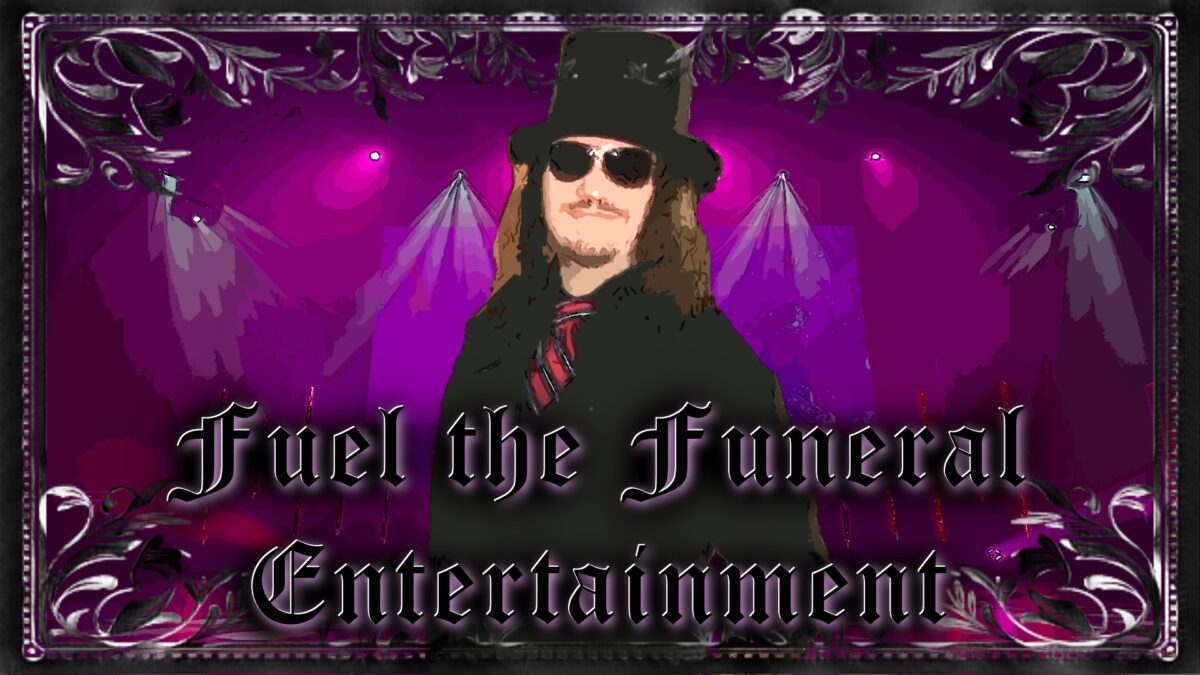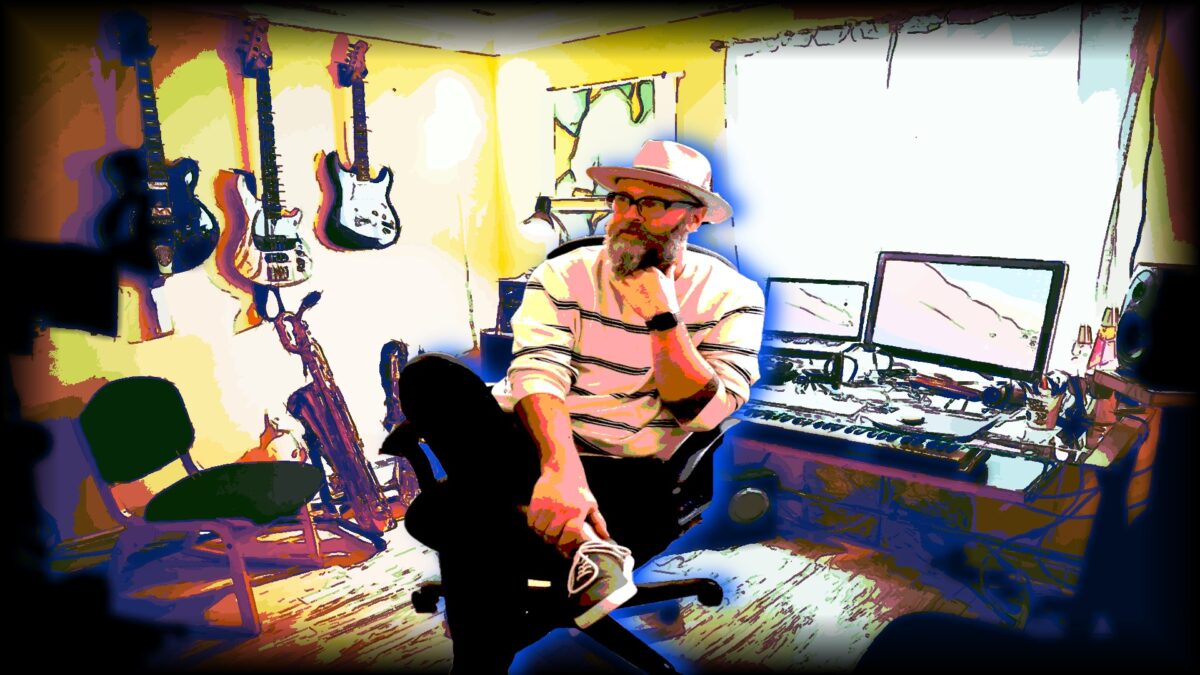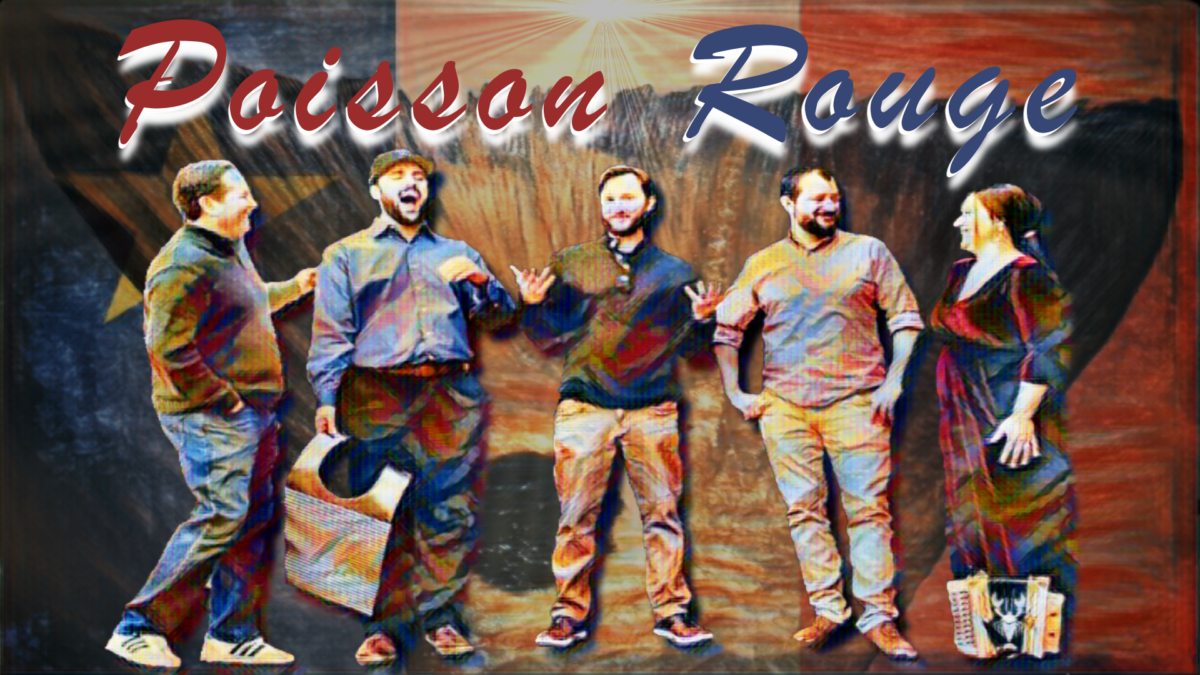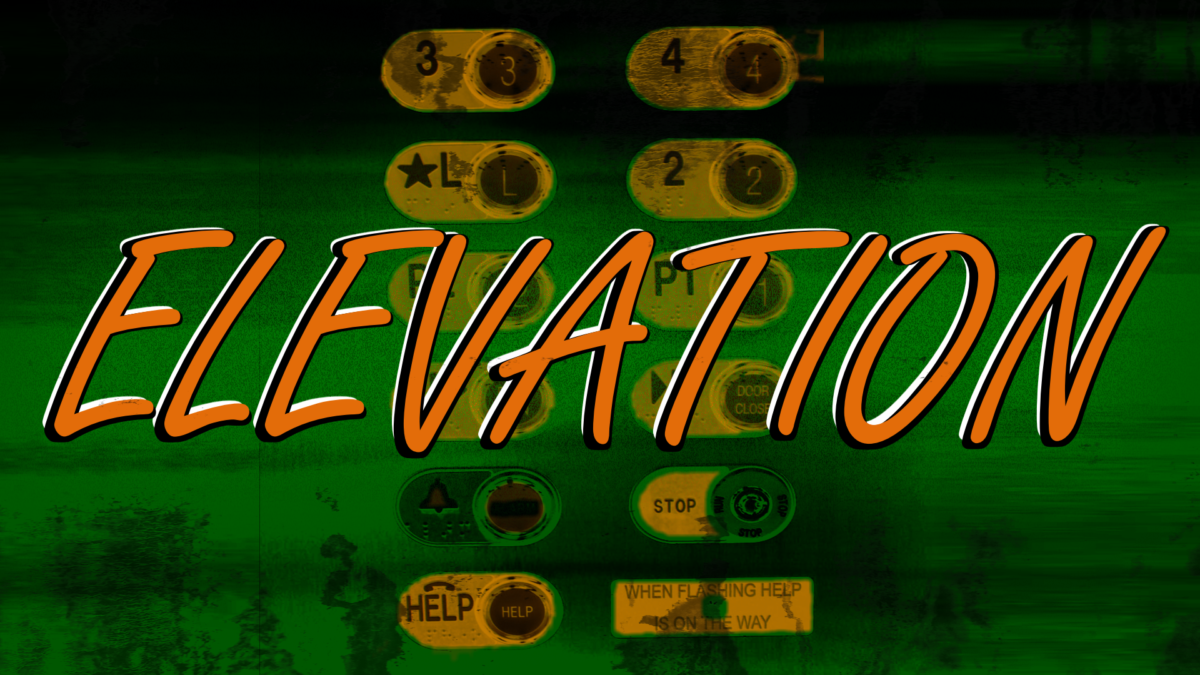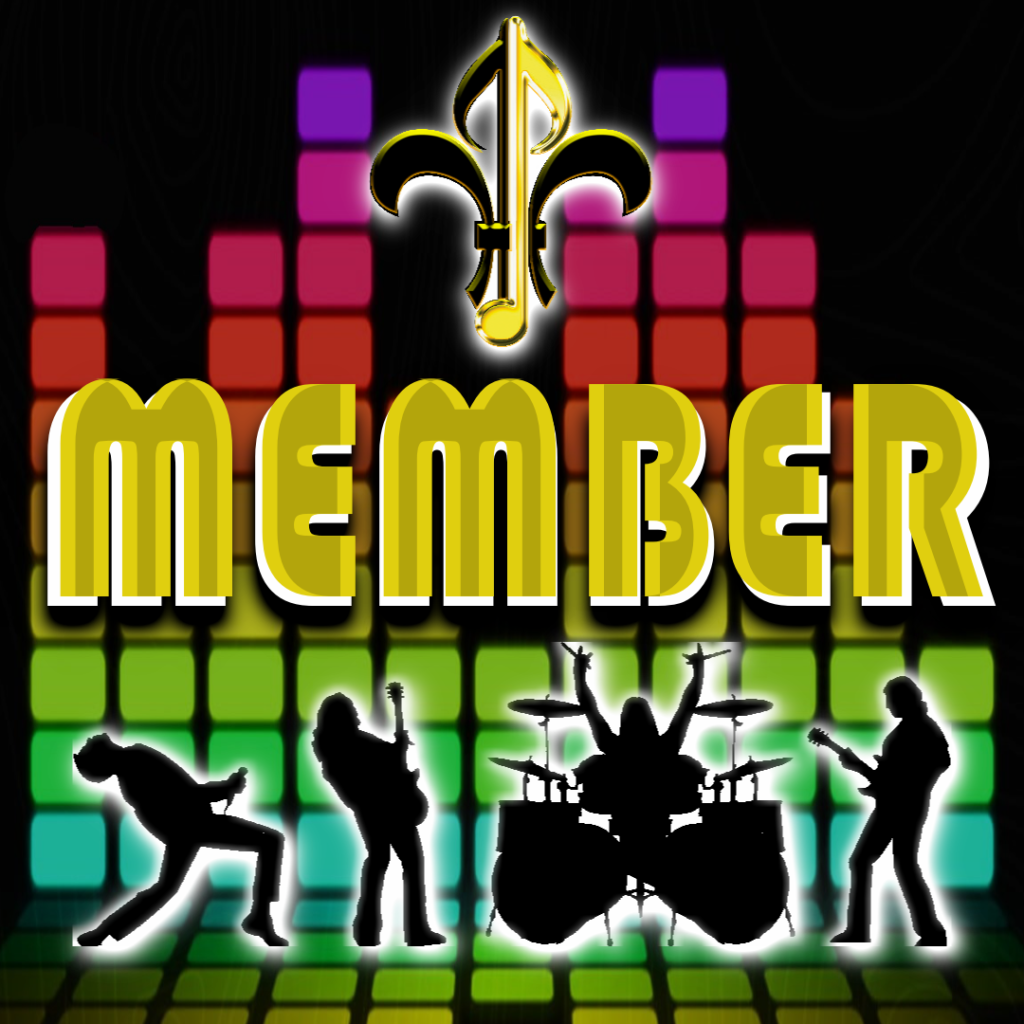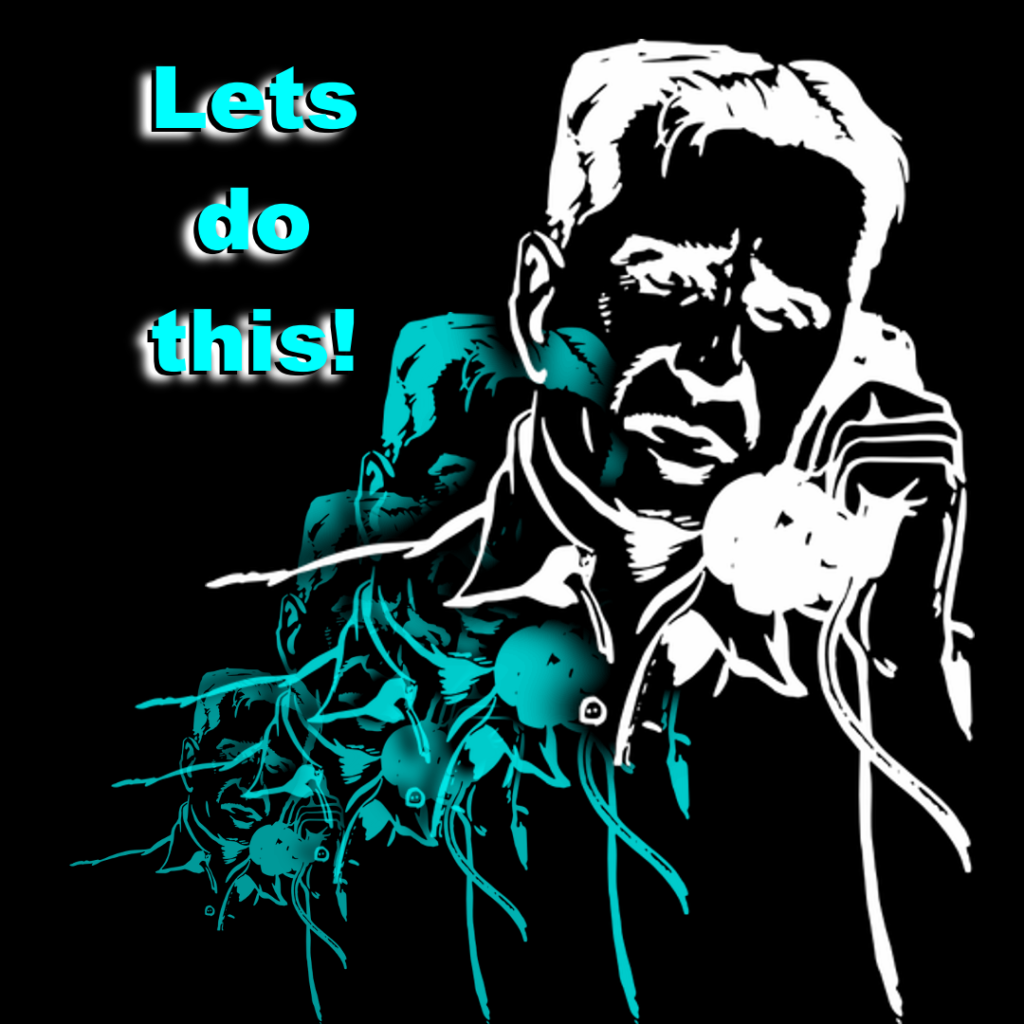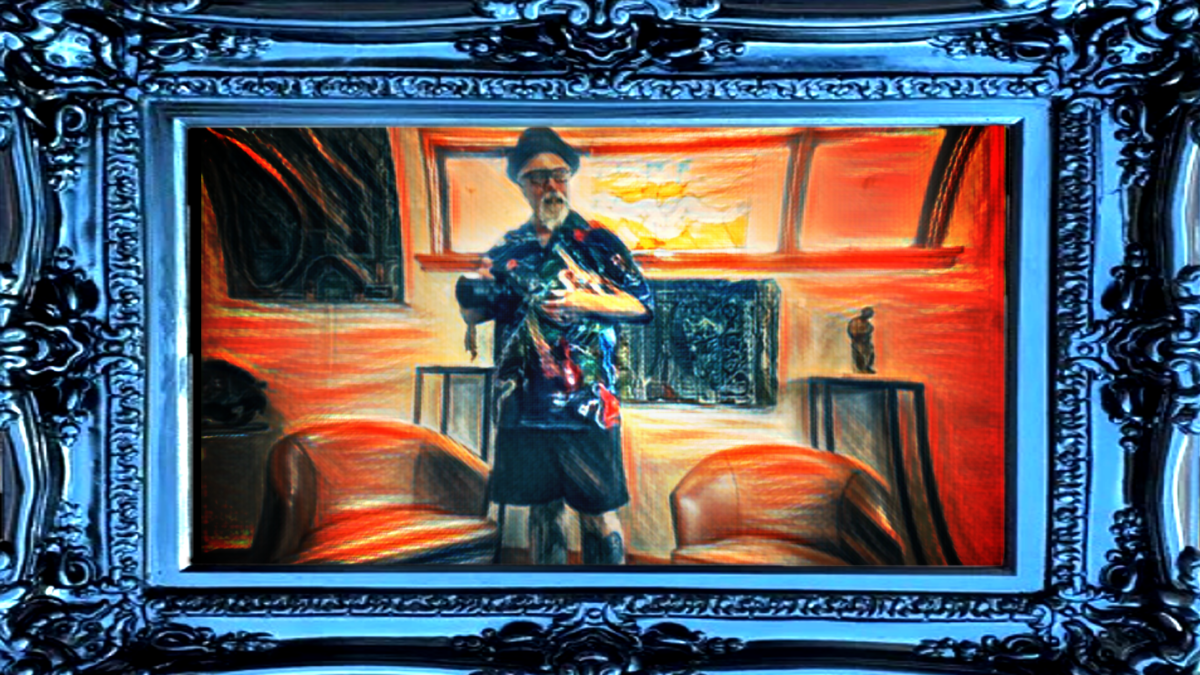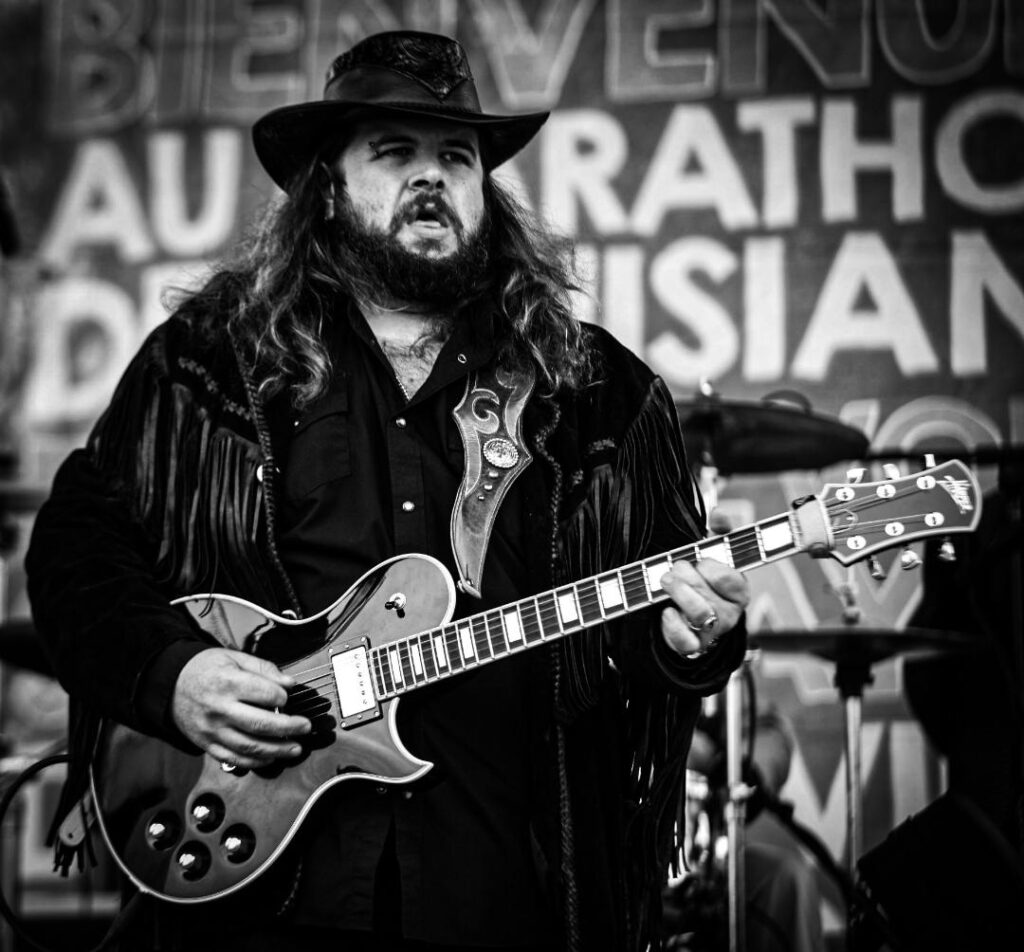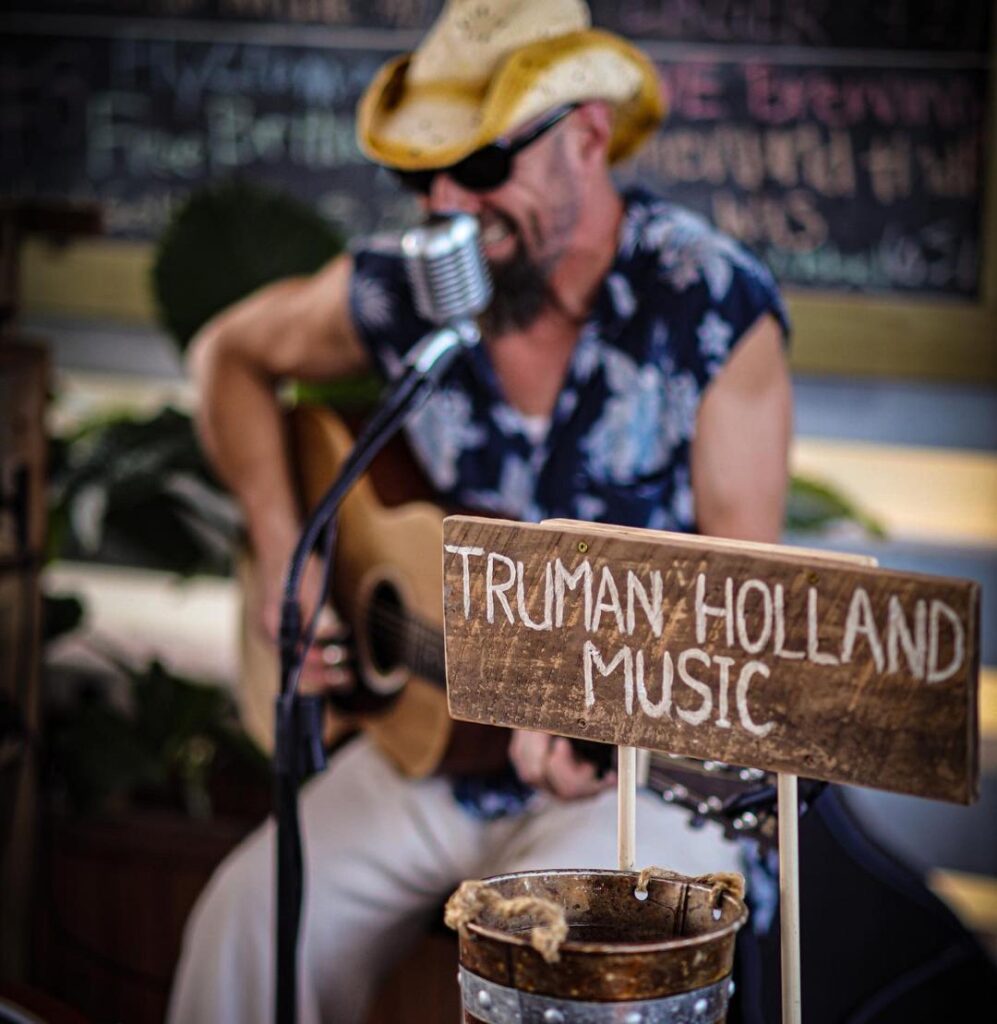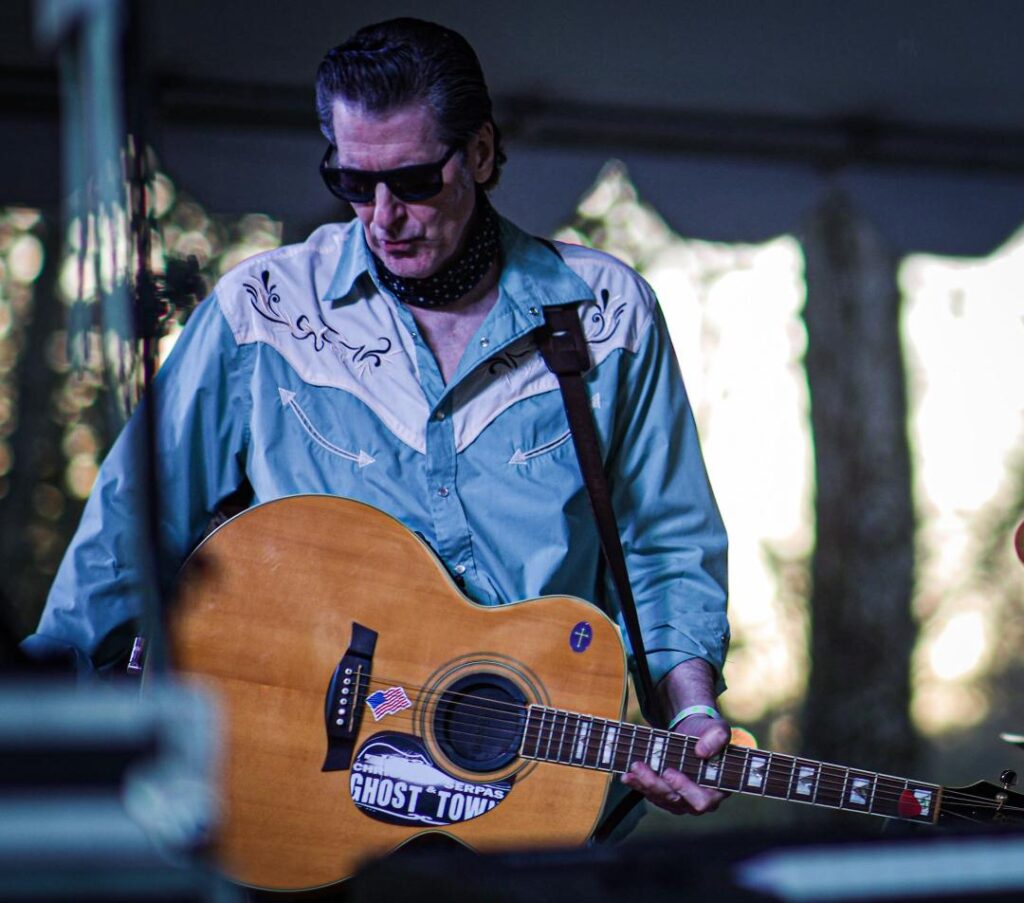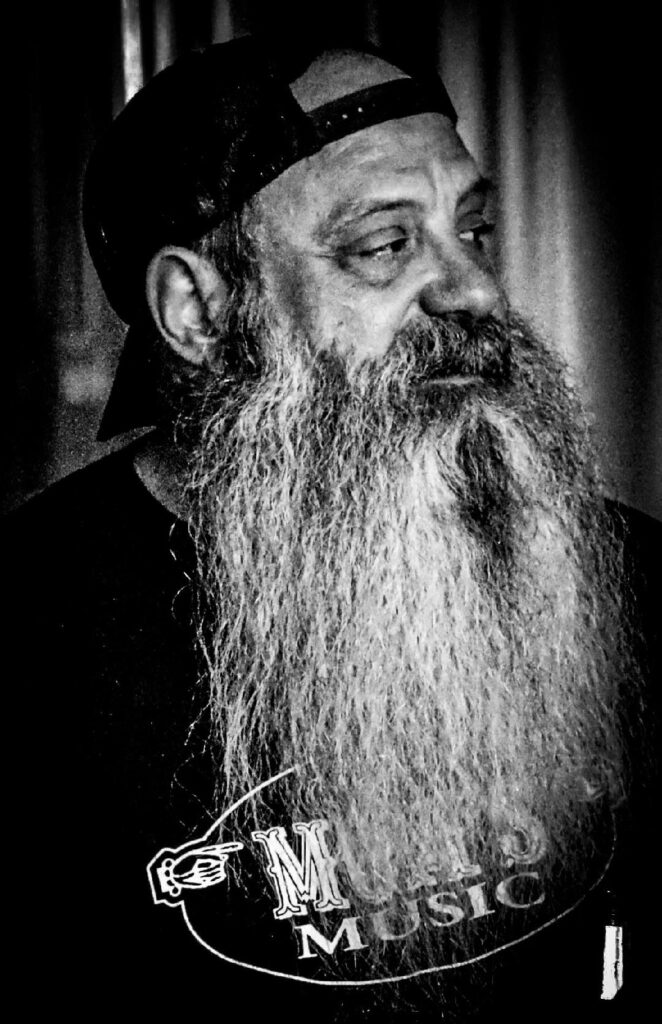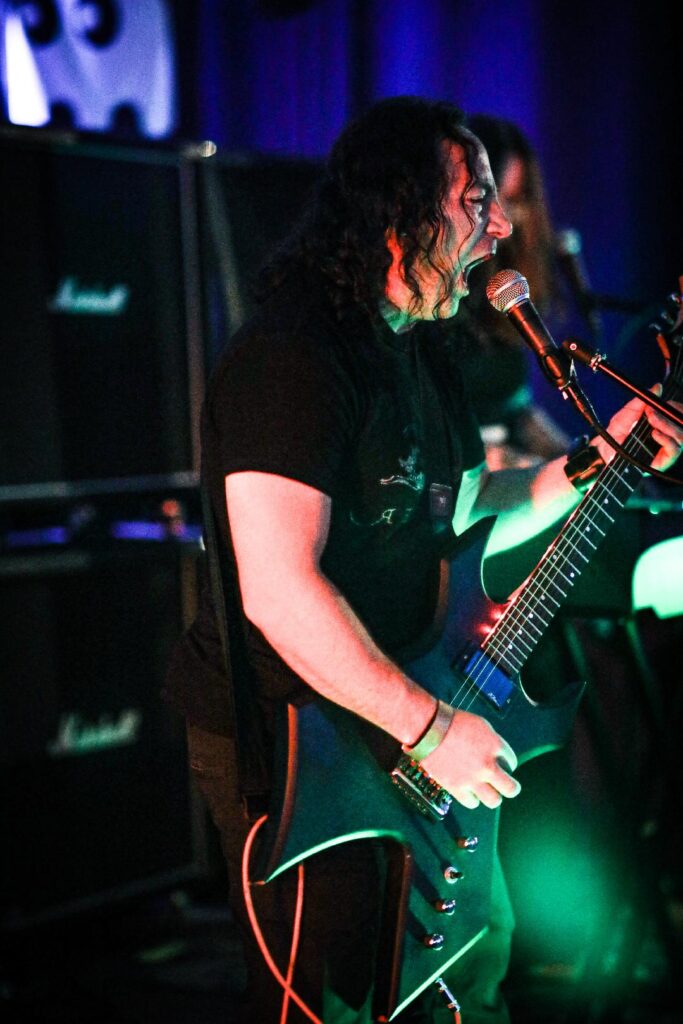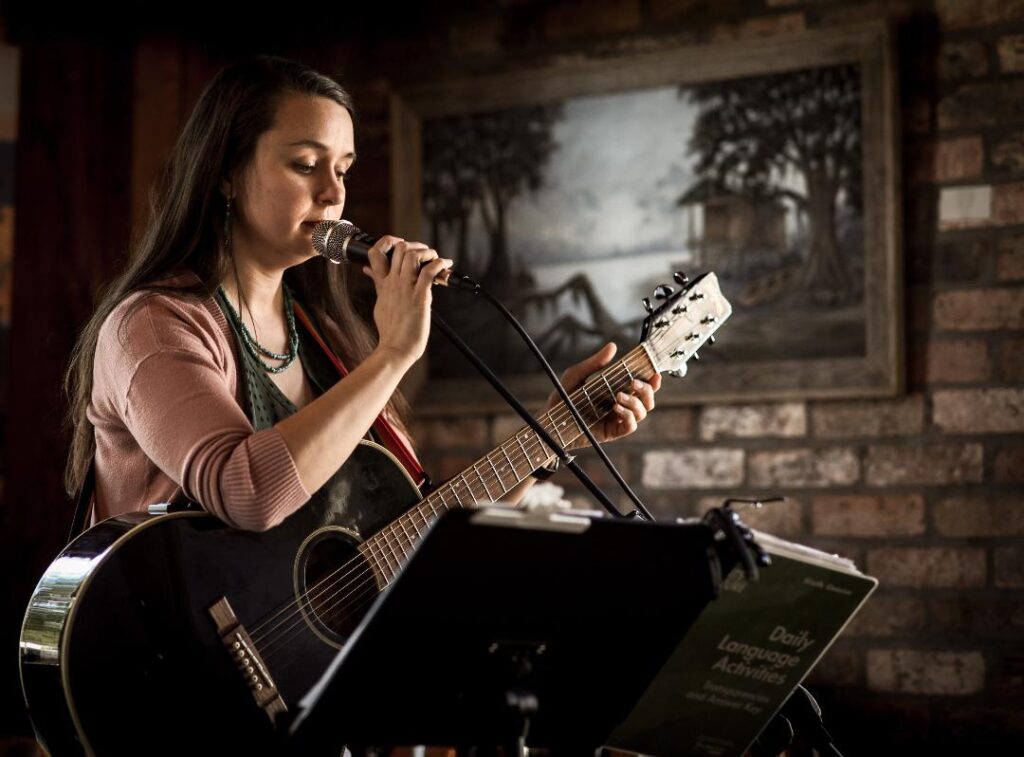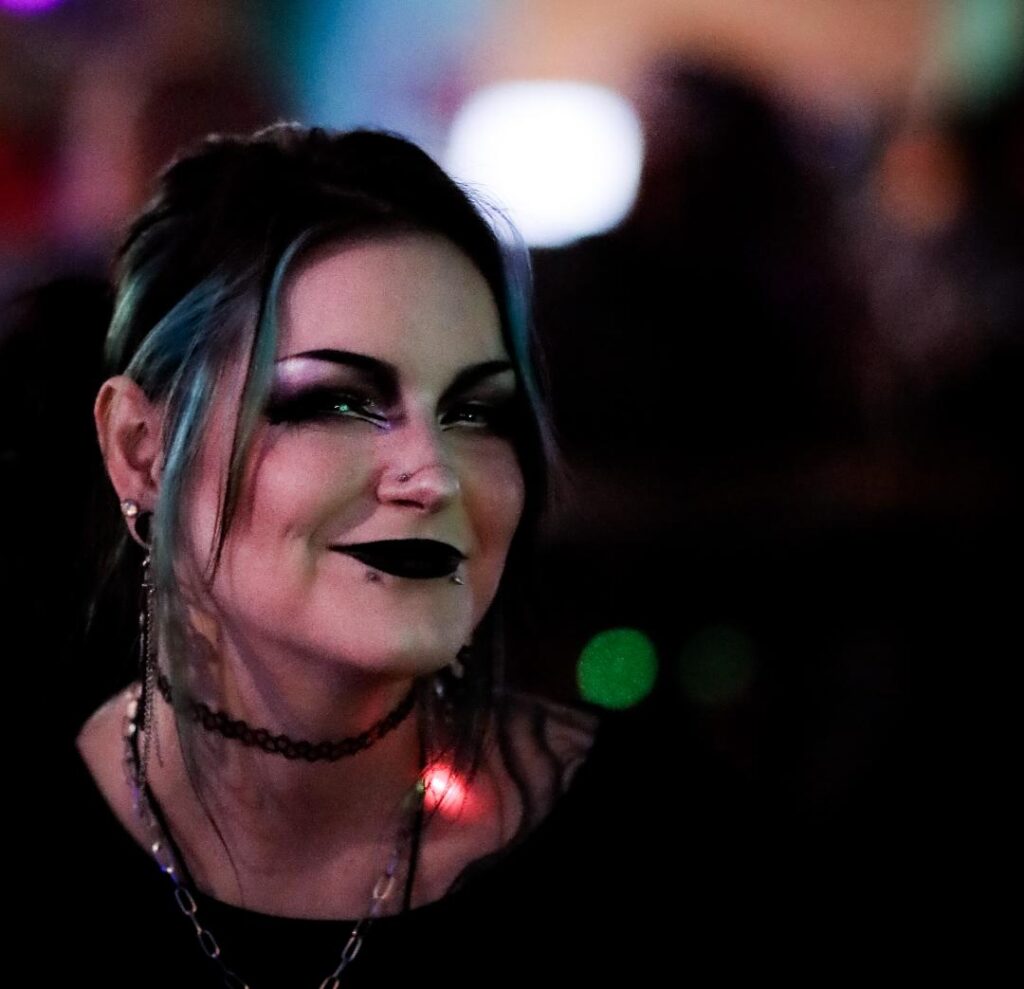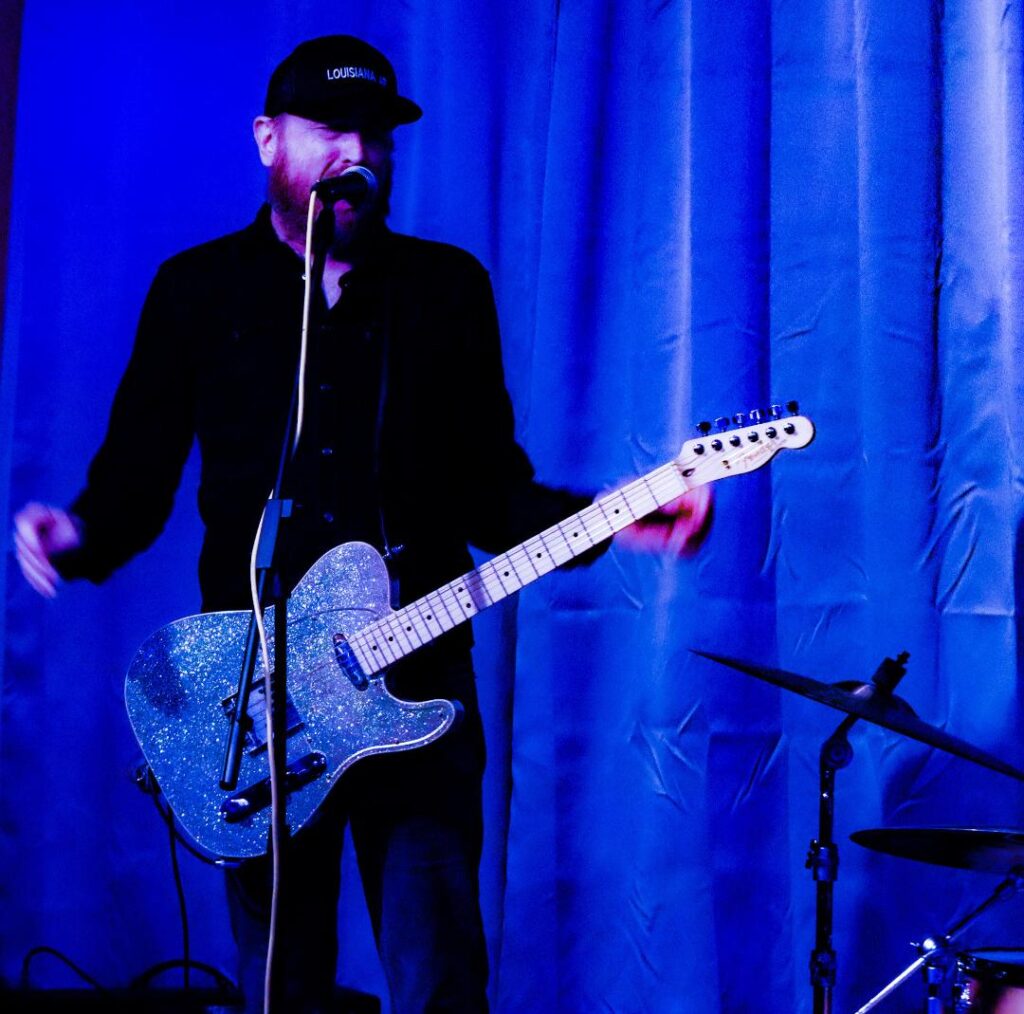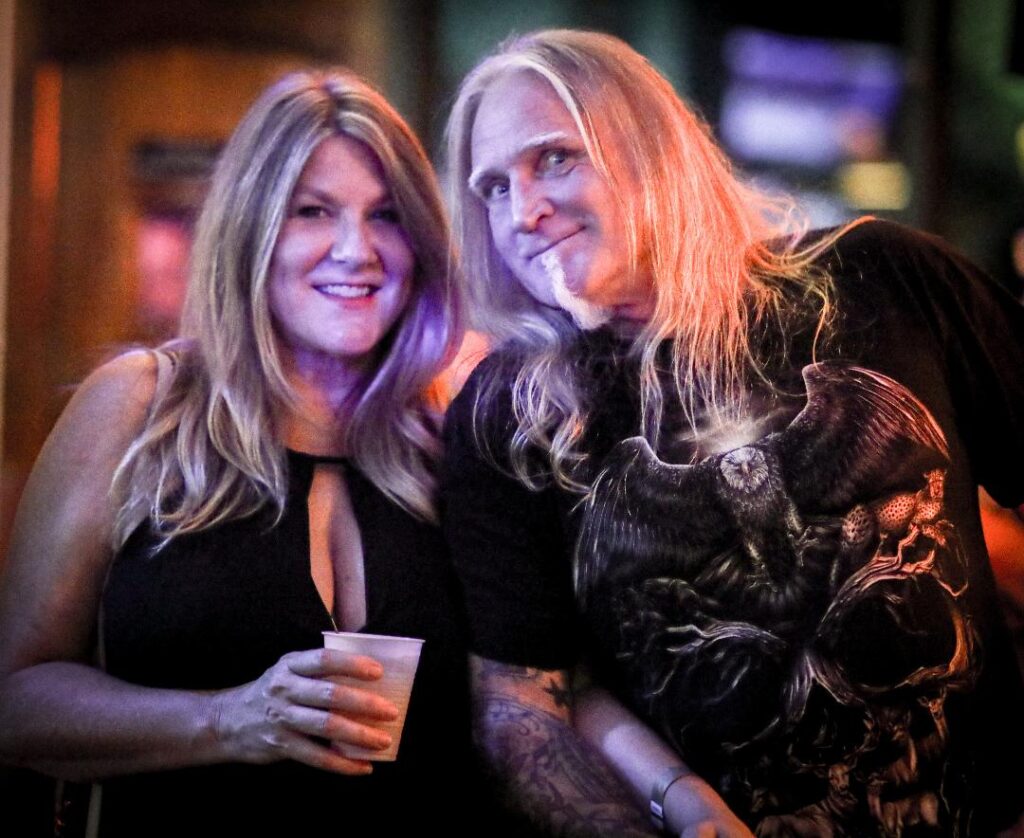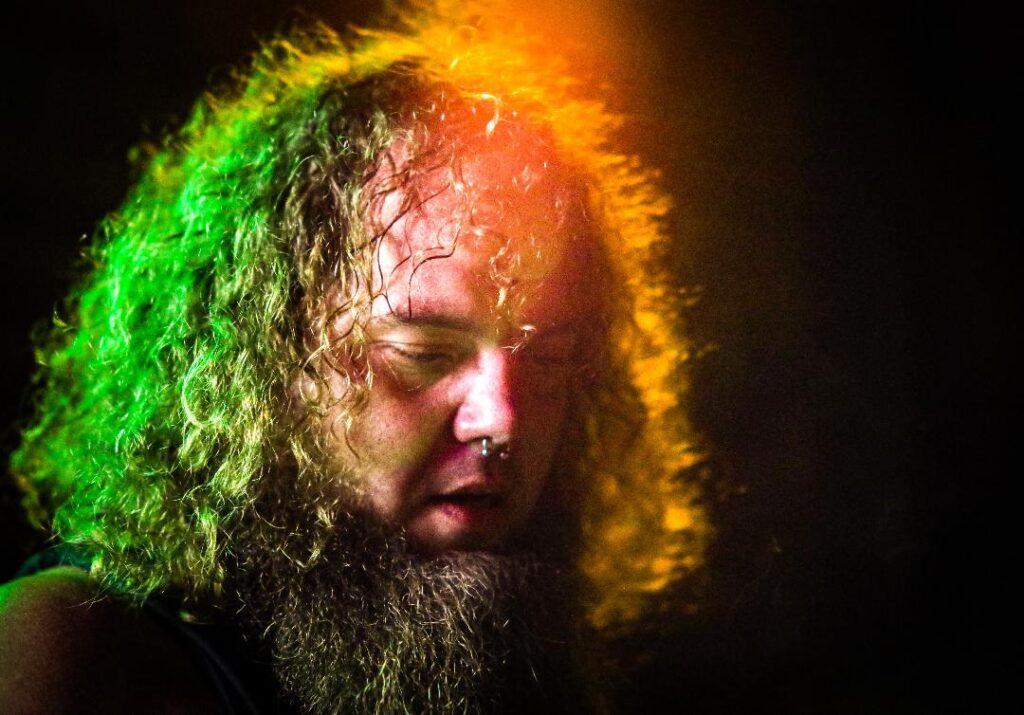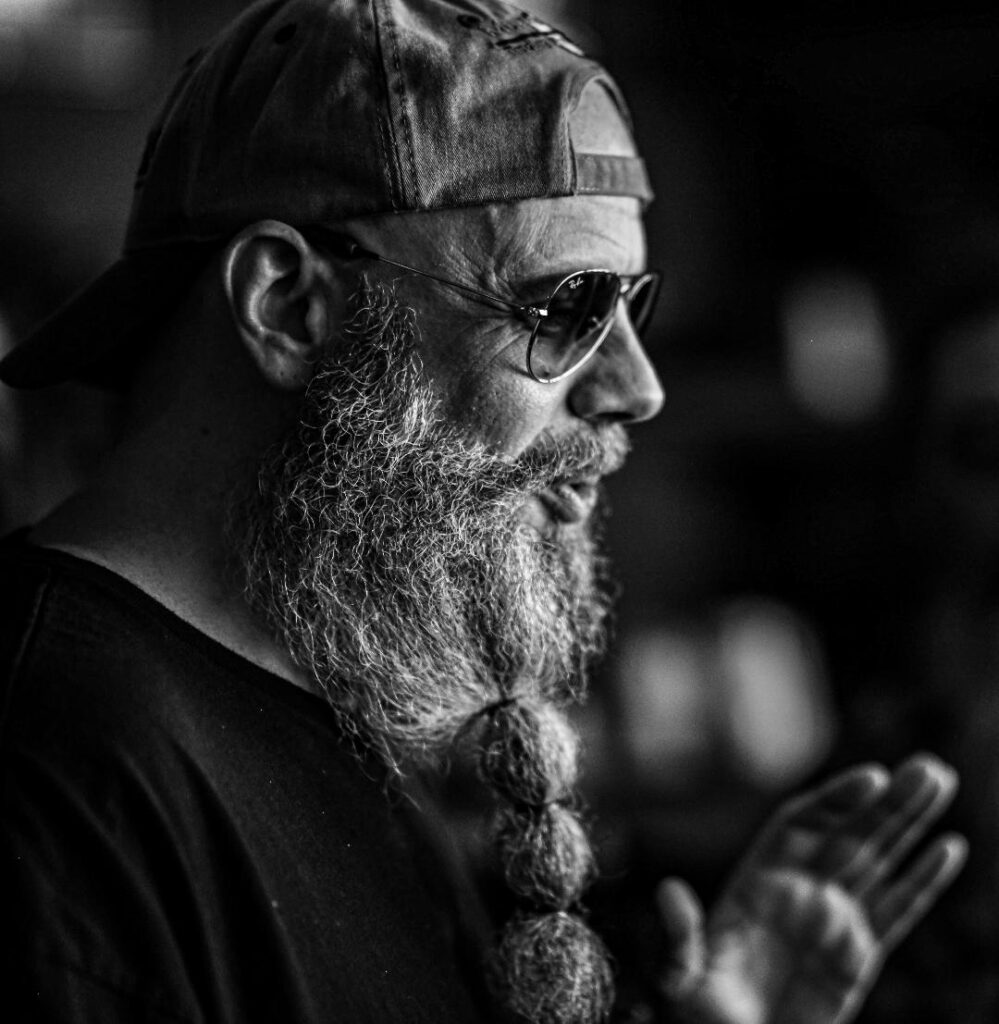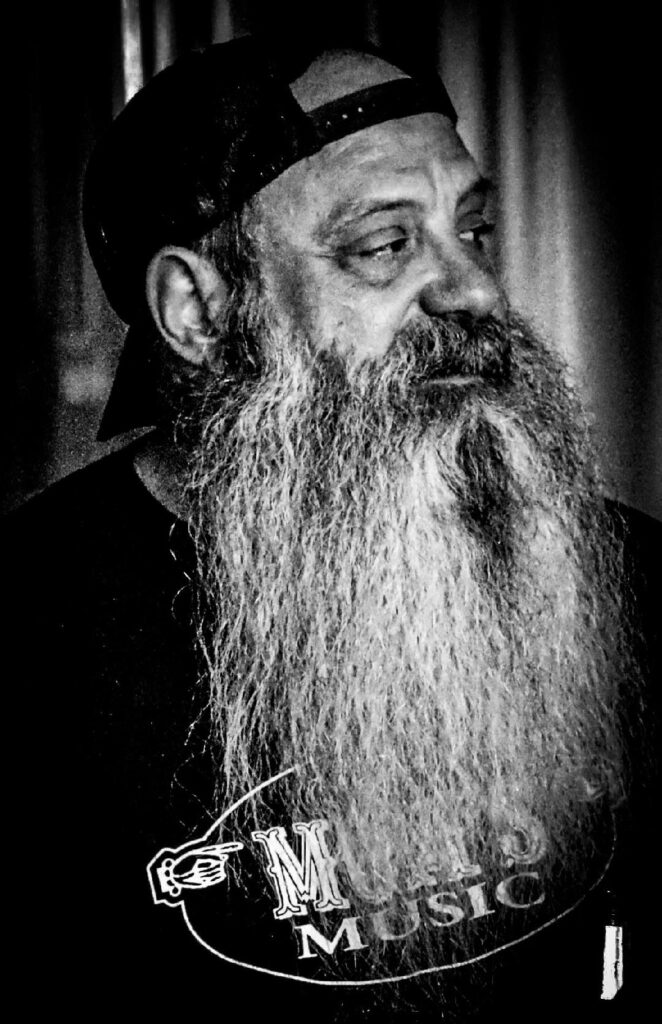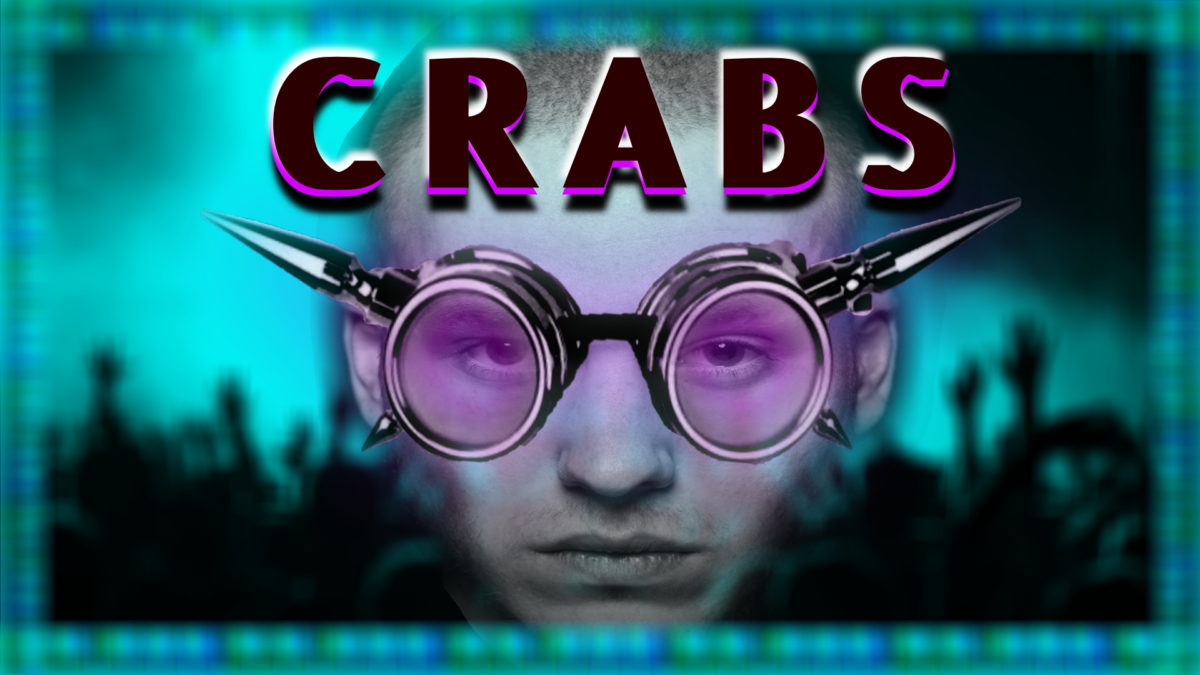Imagine having to gather your extended thoughts precisely, no matter how abstract. And even though you weren’t sure how they’d be received, imagine having to deliver them in front of a large audience; all eyes on you. Now imagine you have nine personalities. You have nine schedules, nine talents, nine lives. This is the impossible that Pocket Chocolate is tasked with each time they hit the stage. But when nine lives of nine members converge precisely, it can seem like magic to one’s soul. Funk is the only map through this labyrinth of sound. Syncopated beats and lagging time help tell a story where the timing is in the delay. Even though they started off as a cover band, they always converged on an impromptu jam session mid-song. And from there, in a seamless, non-stop transition, they would somehow find their way into the next cover. These were both an homage to the leaders of yester year and a statement of the groove shared between two pieces; a subtle puzzle, if you will. Gradually, the nine lives have moved toward original material. Which, in itself, might leave a tumultuous mark in time. As after covering so many great sounds originating from so many great minds, it could get hard to denote where the cover ends and the original begins. Still, like their signature method of a cover itself, Pocket Chocolate seeks to vocalize their multi-faceted encounter as one nation under a groove, establishing their own signature sound.
I sat down with Gabe France and Dalton Steiffel in a studio above a book store on Oak Street in New Orleans that I later described to my wife as a shrine. The space was lined with new and vintage synthesizers, amps, guitars and various other instruments. String lights lined the brick wall behind us. And as I set up for the interview, I couldn’t help but get the sensation I felt being in a Toy’s R Us as a kid. We were casual but punctual, and ready to go to work. We began by discussing what life was like for Gabe growing up. His household played host to an eclectic selection of music, Simon and Garfunkel, Beatles, Led Zeppelin, show tunes, and old New Orleans classics all shared time on the speakers. This was due in part to his growing up with three siblings. His mother, a pianist herself, would urge Gabe and his brothers to get involved in extracurricular activities centered around music and art. His older brother played in bands in school. But Gabe never gravitated toward playing. Music was always of interest to Gabe, namely 70’s funk and soul, and locals like John Cleary and Dumpstafunk. But he was into sports and had never envisioned himself as a musician. It took a bit of persuasion from his older brother and friend Connor, and seeing his older brother perform in bands of his own to pull him in. And at 11 he picked up a guitar. What was once an afterthought gradually turned into a sincere passion. Throughout the development of the story of his life, it was interesting for me to see the progression of Gabe’s involvement with music. He went from not seeing himself as a musician to ultimately playing three instruments, writing music theory, writing and singing lyrics, organizing set lists, and through his member coordination and contributions on bass, assuming responsibility for cohesiveness of the group. His relationship with music has definitely changed his perspective.
Though his introduction to playing music came gradually through family and friends, that hasn’t always been the case. Originally, Gabe and his older brother both played guitar in Pocket Chocolate and their friend Reese played bass. But just before the pandemic, Reese moved out of town. And suddenly, the band found itself a man short. Gabe laughs recalling the rough transition, “It wasn’t that bad, you know. Especially going from the mindset of oh you know, I’m a guitarist. And then you have to switch. But I think it was definitely the best thing that could’ve happened… When you play guitar, you listen to the guitar (parts). When you switch instruments, I’m listening to other things that I probably wouldn’t have been focusing on before. Now that I can kind of jump between instruments. You’re listening to the whole sound differently. Instead of, oh I’m going to take a solo right here, it’s oh I need to play something on bass right here that kind of sits in the background for them to take a solo. It’s helped me realize the whole structure of the song.” Here, by way of necessity, Gabe found himself grasping the reigns of congruity for the sound as a whole. His respect for the craft lent him to the preservation of harmony. And I might add, this is one of the many reasons I love music so much. The idea that, without speaking, people can come together, becoming one vessel, yet respecting each other’s individuality. Solos are the flowers bestowed upon members by each other.
Pocket Chocolate has been playing together for about five years now. With nine members, a recorded EP, and too many show dates played to cite, it has instilled in Gabe an ability to coordinate on a grand scale. Drawing from his affinity for live albums and yesteryear’s popular method of one room, the band chose to record their EP in an altogether fashion at Downman Sounds in Gentilly, New Orleans. And in doing so sought to capture the raw sound; that sonic moment in time. Dalton added, “The big thing of that was doing it together in a live room, but taking full advantage of the recording process. And being able to go over afterward with the same microphone, the same horn players, and the same take, but just kind of reverberate and polish up those parts. You’re able to put the focus in and drill it. That way they have the credit they deserve for the work they put in for the parts.” The EP consists of five original tracks, as well as two covers in Pocket Chocolate style. And by saying that I mean you might hear what starts off as a cover of Fire on the Bayou by The Meters. Then it may break off into a jam session and gradually morph into Fly Like an Eagle by the Steve Miller Band. It’s a unique sound and presents an interesting contribution to the cover format. The band is shooting for a full-length album around summertime this year filled with originals and covers in similar fashion. For Gabe, learning song structure has helped with the process of structuring an album. And writing together with eight other members will always send the band on a journey to find its own best practices. “A lot of times, it will inevitably change just because there’s eight other people… that get a certain feeling or idea from what I have. You have to compromise and be willing to kind of go somewhere where you might not have thought that it could go.” And sometimes, believe it or not, things seem to fall right into place for the band. “It’s almost like musical vomiting. You know, just like throwing every idea you have possible. Because inevitably, once you keep going, you’ll find something where it’s like ok this is, I can work with this. And so, we got to that point with this specific one. This was just the rhythm section; so, guitar, bass, drums. I think Dalton was probably there as well on percussion and keys. And we kind of had a brainstorm of a certain idea that we wanted to continue with. But it was pretty much just one section of a song. And then we jammed a little bit with my cousin who plays guitar and it just was like oh, here we go! We have the chorus part now. We have the little interlude section or whatever. And then the horns kind of came in and have been working up a little part. Yeah, from where it started it’s just so cool.” This process is somewhat mirrored in their live performances. Only, it is more reminiscent of a comedian on stage with new material for the first time. They are working things out; using opportunities as a litmus to see what works and what doesn’t. And the final product is as close to what was in their mind at the time as can possibly be. Sometimes that means using a lull in the head count of a crowd at a bar to perform an original song they’ve never before performed live. “This can’t hurt. And it matters, obviously because it’s practice, you know. It’s getting the work in and reps. But the pressure’s off maybe a little bit more. And that kind of gives you a little more opportunity to maybe, you know, maybe I’ll try this out.”
The influence of many members has had a positive impact in other ways. It has been instrumental in creating an identity for the band. And not just in terms of physical presentation on stage, but in their own sound and abilities. Being rooted in that New Orleans sound, it would be a stretch to cover certain local groups lacking the horn section, for instance. But boasting a brass section of three sax players and two trumpet players has given them the competence to tackle such things. Building upon this, the band has extended their reach and appeal through strategy. Booking Krewe du Vieux Ball and the Krewe of MadHatters parade this year meant setting a deadline on the EP. And seeking to present their recorded work closely to what crowds have come to love in their performances, they have arranged their track list much like their live shows.
In my time interviewing, I have yet to meet a band member, studio head, or venue owner whose company I didn’t enjoy. And if you know me, that’s saying a lot! Gabe and Dalton were no exception. They seemed grateful for this opportunity, and willing to open their minds for my perusal. The idea that any one of my interview subjects could be, or already are, a global sensation is cast aside. And for that moment we are all just people with a common love for music. We discussed so much more in my time there; too much to cover here. But you can catch the podcast of this interview at https://neworleansmusicians.podbean.com/. And the interview will be disseminated in parts and ultimately as a whole on our Youtube Channel. My sincerest thanks go out to Dalton Stieffel and Gabe France for allowing me an intimate perspective of their lives and hard work. More from Pocket Chocolate can be found on our site, Neworleansmusicians.com and also https://pocketchocolatemusic.wixsite.com/pocketchocolatemusic.
Author: David Trahan

